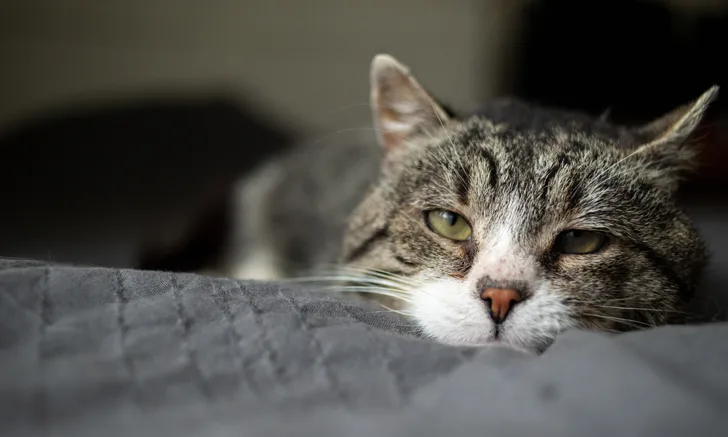
In the Literature
Jones JM, Burkitt-Creedon JM, Epstein SE. Treatment strategies for hyperkalemia secondary to urethral obstruction in 50 male cats: 2002-2017. J Feline Med Surg. 2022;24(12):e580-e587. doi:10.1177/1098612X221127234
The Research …
Serum potassium abnormalities are common in cats presented to emergency clinics. One study found moderate to severe hyperkalemia was associated with urinary tract disease in 97% of cats, 38% of which had urethral obstruction.1
This retrospective study evaluated treatment of hyperkalemia in nondiabetic cats with urethral obstruction presented to a university teaching hospital. Male cats (n = 50) with hyperkalemia (defined as ≥7 mEq/L at presentation) and ≥2 measurements of serum potassium performed within 6 hours were included. Data were analyzed to describe use and adverse effects of insulin and dextrose for treatment of hyperkalemia, amount of dextrose required to prevent hypoglycemia following insulin administration, and whether potassium level at presentation affected survival to discharge.
The most common treatments included IV fluid therapy (84%) and dextrose with insulin (80%). Mean potassium at presentation was 8.9 mEq/L, which was reduced to a mean of 6.6 mEq/L within 6 hours.
Forty-eight percent of cats with sufficient data for analysis developed hypoglycemia within 12 hours of initial treatment with dextrose and insulin. Use of a dextrose-containing CRI did not prevent hypoglycemia, and there was no dextrose:insulin ratio that prevented hypoglycemia. An association between potassium at presentation and mortality was not found.
… The Takeaways
Key pearls to put into practice:
Hyperkalemia is a life-threatening metabolic derangement that requires prompt treatment and comprehensive monitoring for ≥12 hours following initiation of treatment with insulin in nondiabetic patients.
If insulin is administered to nondiabetic hyperkalemic cats, subsequent administration of a common dosage of dextrose (2 g/unit of insulin) does not always prevent hypoglycemia, regardless of whether a dextrose CRI is used.
Although the most common treatments in this study were IV fluids and dextrose with insulin therapy, other treatments for hyperkalemia are often used. Bicarbonate was also frequently used in this study; however, there is not enough evidence to support routine use in cats with hyperkalemia.
Hyperkalemia did not affect survival in this study but often indicates more clinically severe disease. The need for intensive monitoring and potentially prolonged hospitalization should be communicated to owners when discussing expectations for recovery, potential complications of care, and financial implications of these cases.
You are reading 2-Minute Takeaways, a research summary resource presented by Clinician’s Brief. Clinician’s Brief does not conduct primary research.